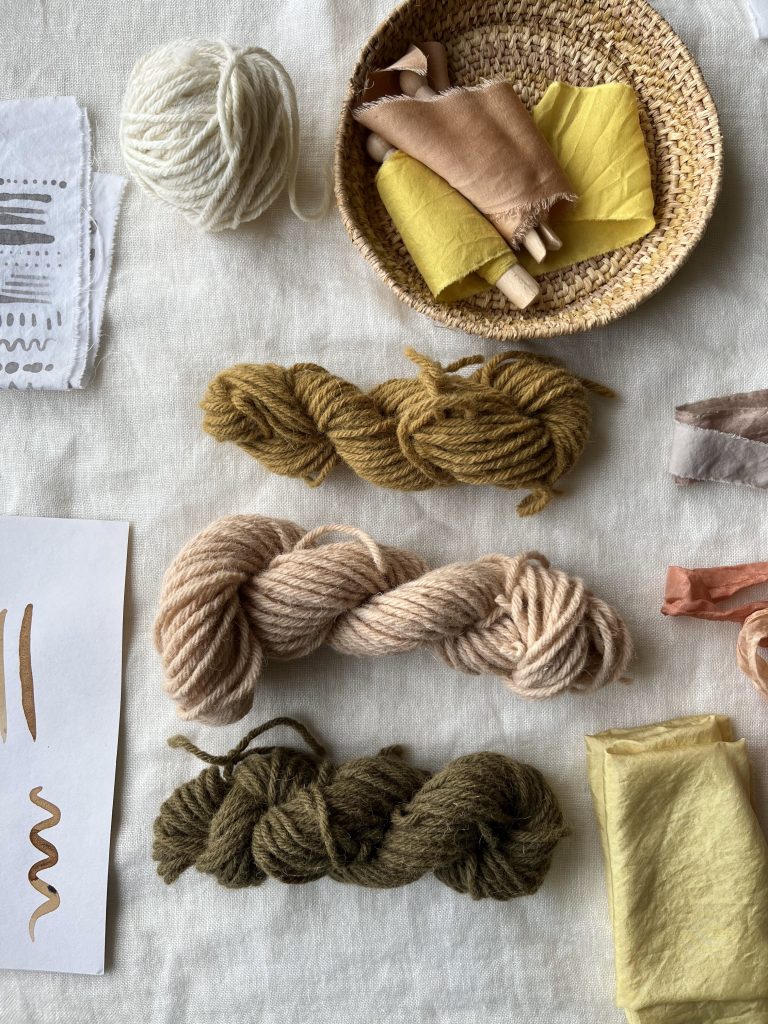Bundle of two foraged dye courses:
Dye with your local plants
&
dye WOOL with foraged plants
Tap into nature...
No matter where you live in the world, you have wild dye plants in your local surroundings.
Embrace nature’s gifts and create your own unique colour palette on fabric and yarn.
Infuse fibres with local & seasonal dyes. Your craft projects will take on new meaning with their unique hues and memories.
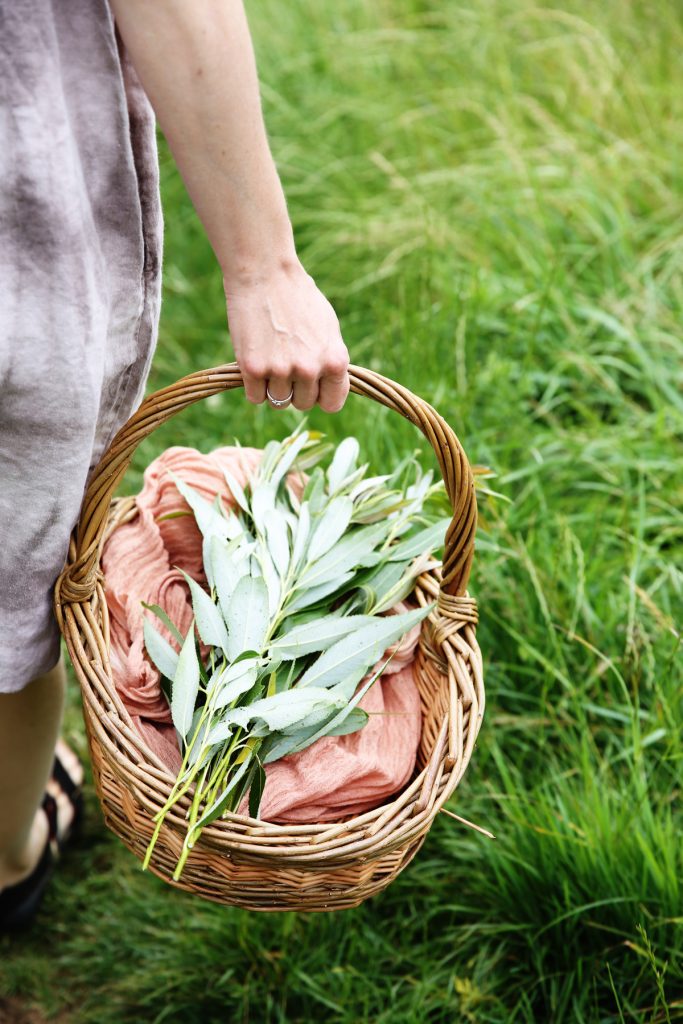
DO you dream of –
If you nodded along to any of those, then I suspect you’ll like this...
introducing…
Dye With Your Local Plants
and
Dye Wool With Foraged Plants
Dye cellulose fibres (e.g. cotton, linen & bamboo) and wool yarn in a beautiful palette of local colours using leaves, flowers & tree cones that grow on your doorstep.
No matter where you live in the world, my tried and tested recipes will lead you to create vibrant, unique hues.
These two courses will guide you to confidently dye a range of animal and plant fibres in your local dye plants. It’s the perfect pairing of courses for someone who wants to know everything about wild colours...
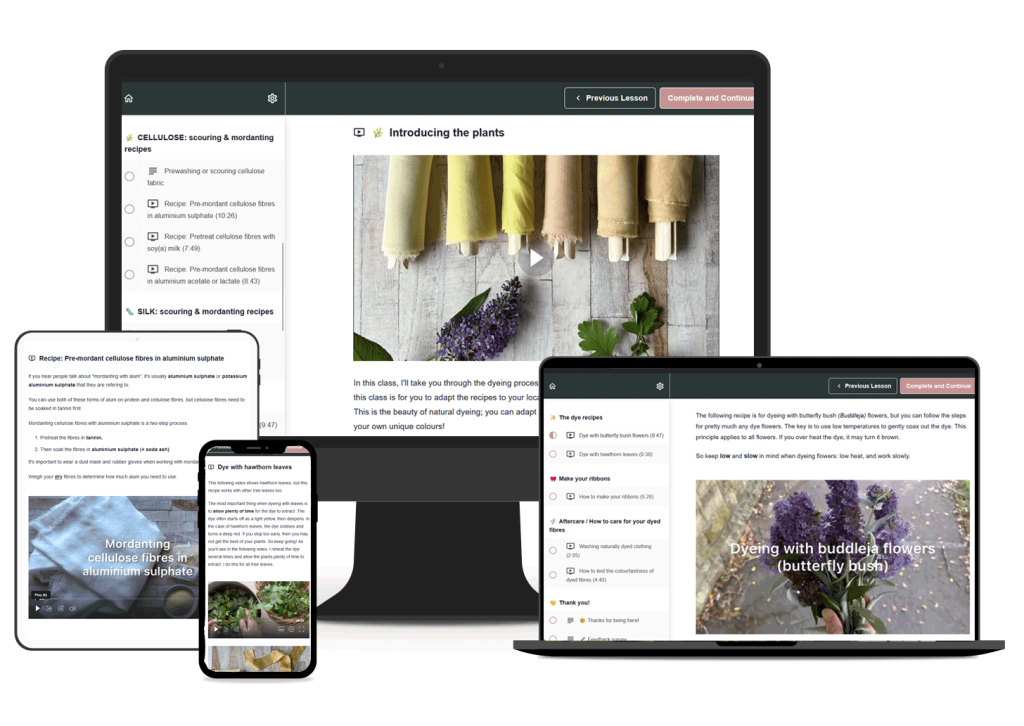
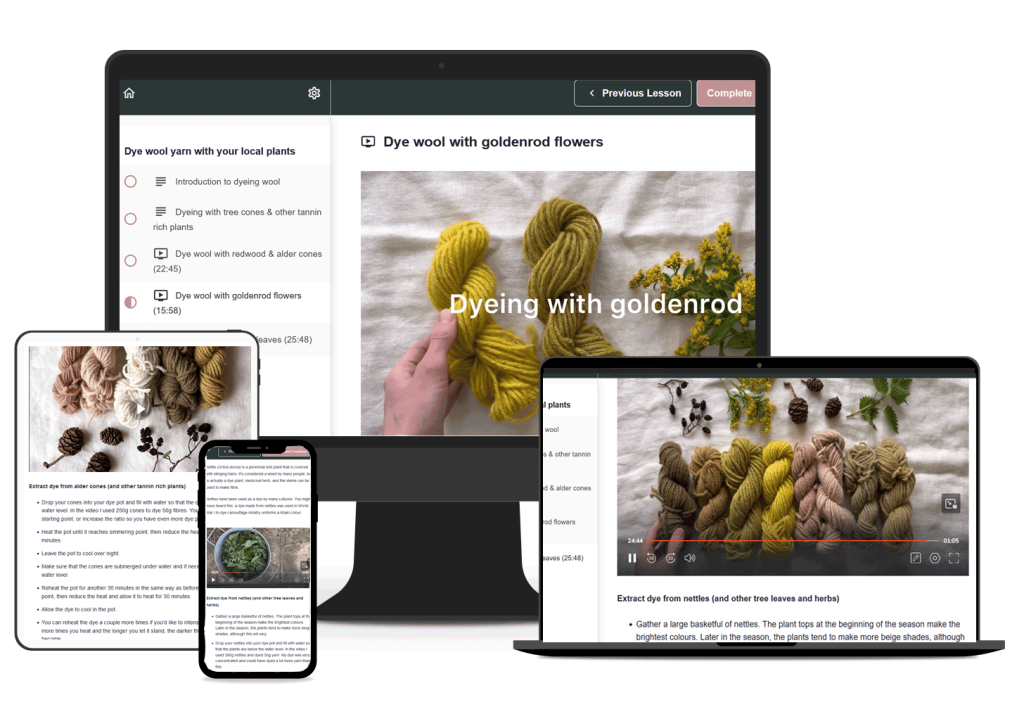
Lovely words from a student about
Dye With Your Local Plants
“Rebecca’s step-by-step teaching is easy to follow, and I always enjoy learning something new from her.
This class will inspire you to look for local plants to dye natural fabric. It will also guide you on how to prepare and mordant your fabric for dyeing, along with showing you how to dye with different plants. Finally, you will learn how to turn the beautifully dyed fabric into ribbons.
Learning how to rip the silk I dyed into ribbons was so much fun, and then I loved using them to wrap packages.”
– Desiree bell
Can you make a cup of tea?
Then you can dye with plants. It really doesn’t have to be much more complicated than that.
I have so many secrets to share with you, so you can avoid the overwhelm and get great results.
TELL ME MORE
Preview the courses…
Dye With Your Local Plants
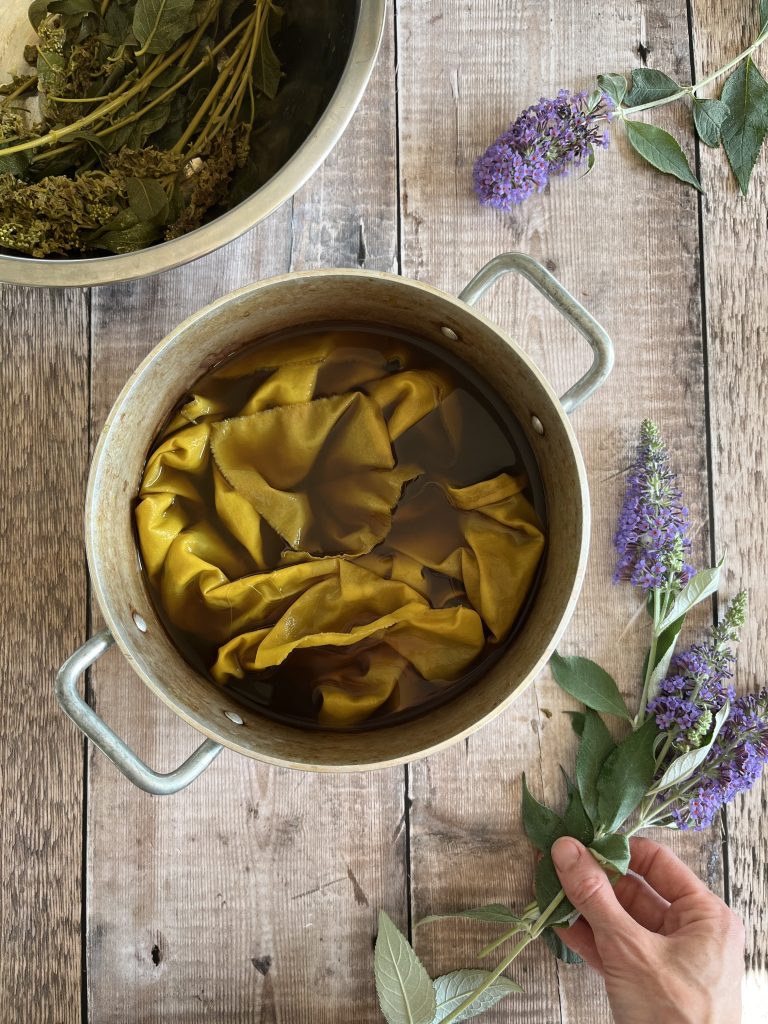
Dye fabric with local plants
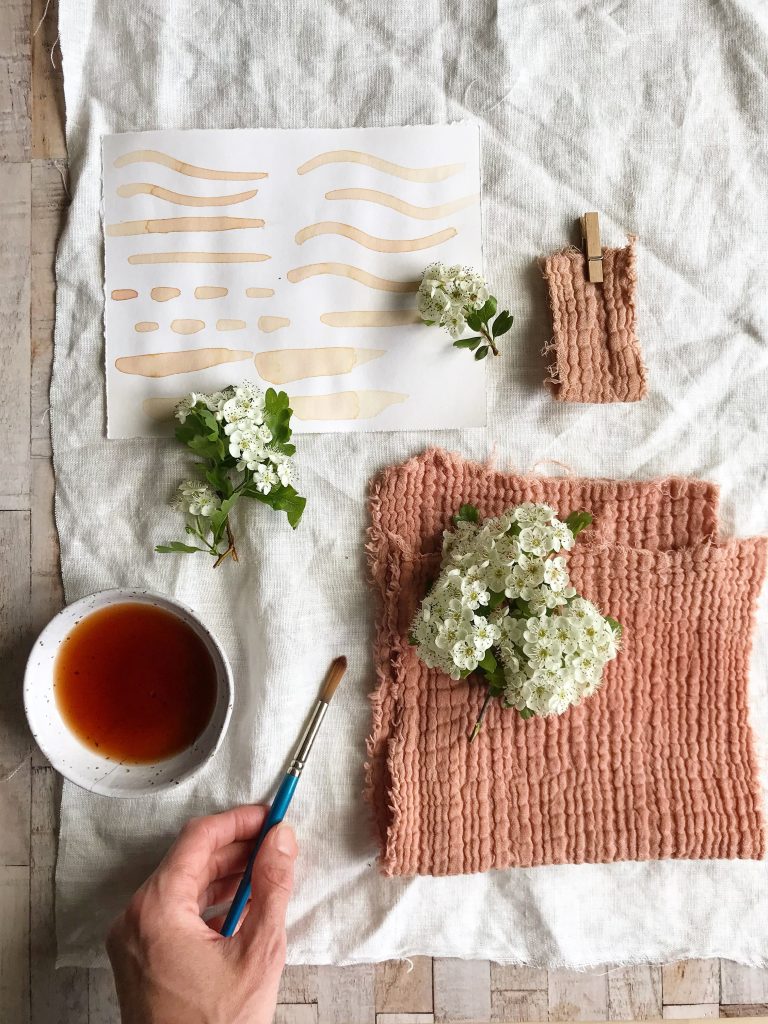
Dye with foraged leaves
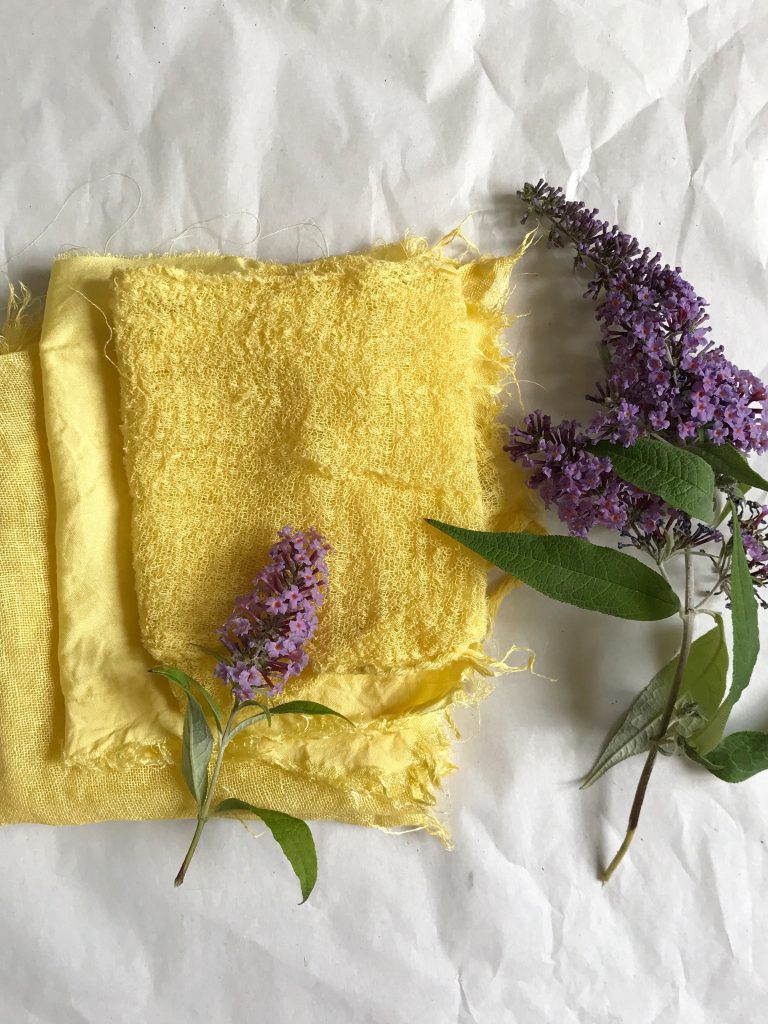
Dye with flowers
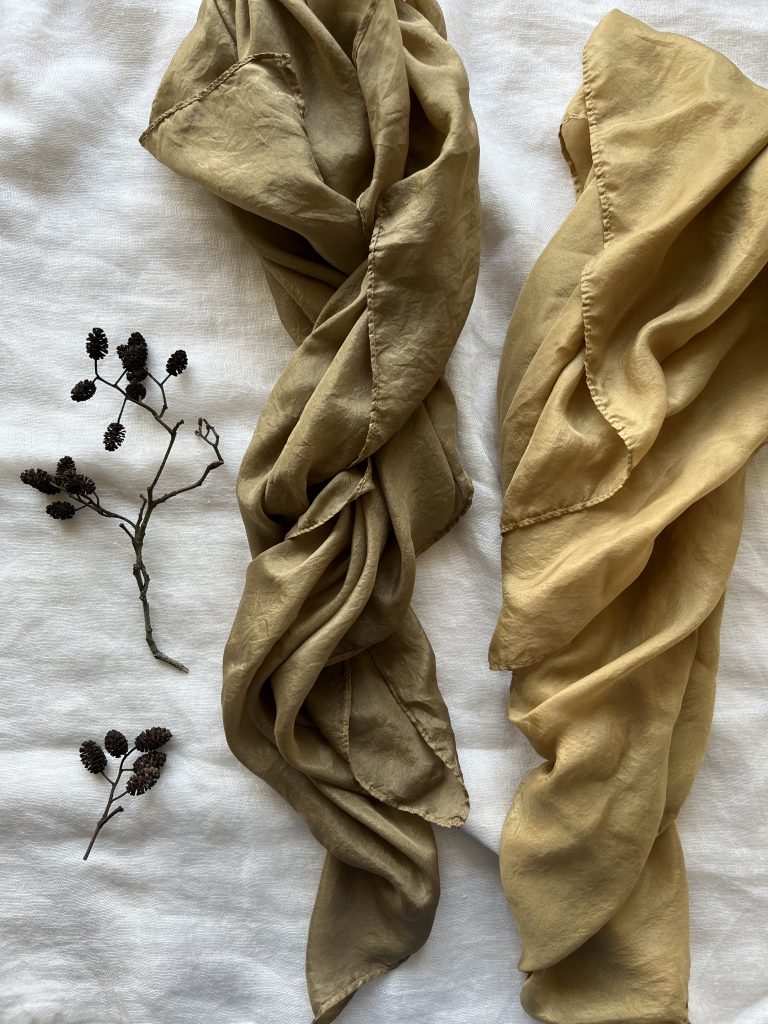
Dye with tree cones
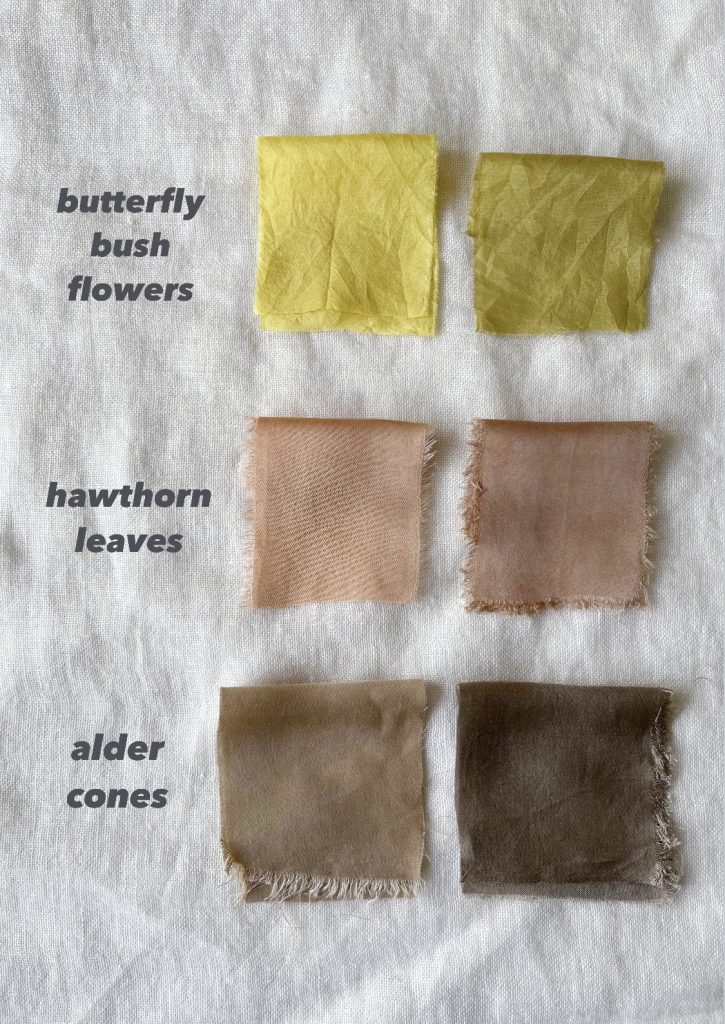
Darken colours with rust
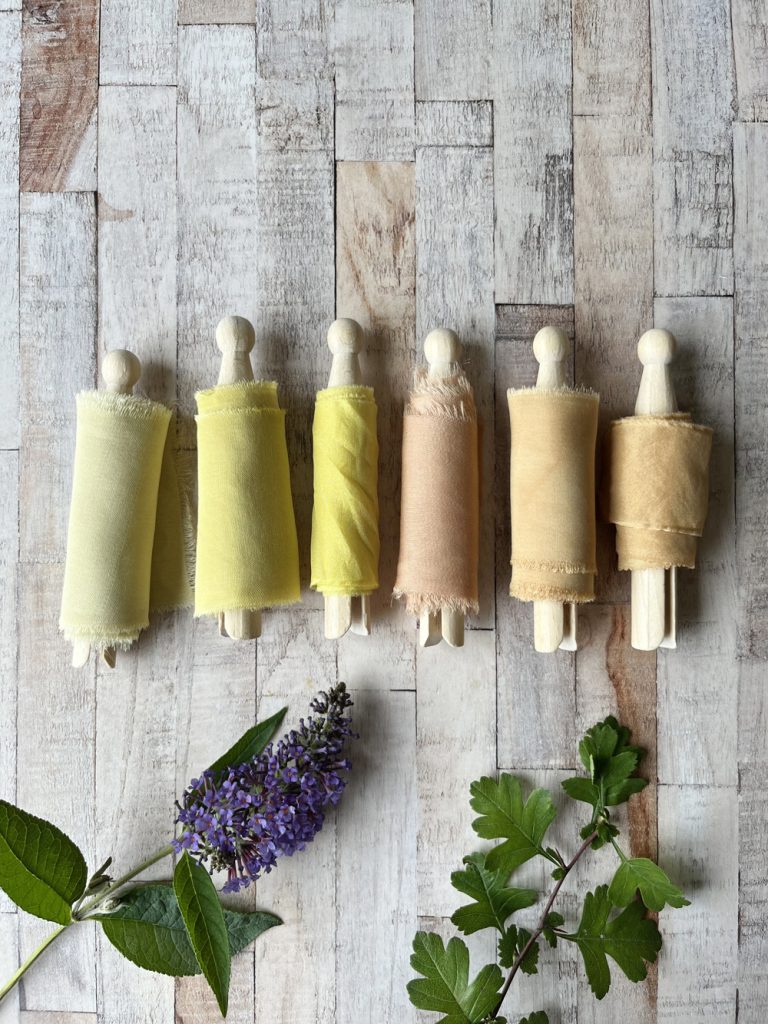
Turn your fabric into ribbons
Dye Wool With Foraged Plants
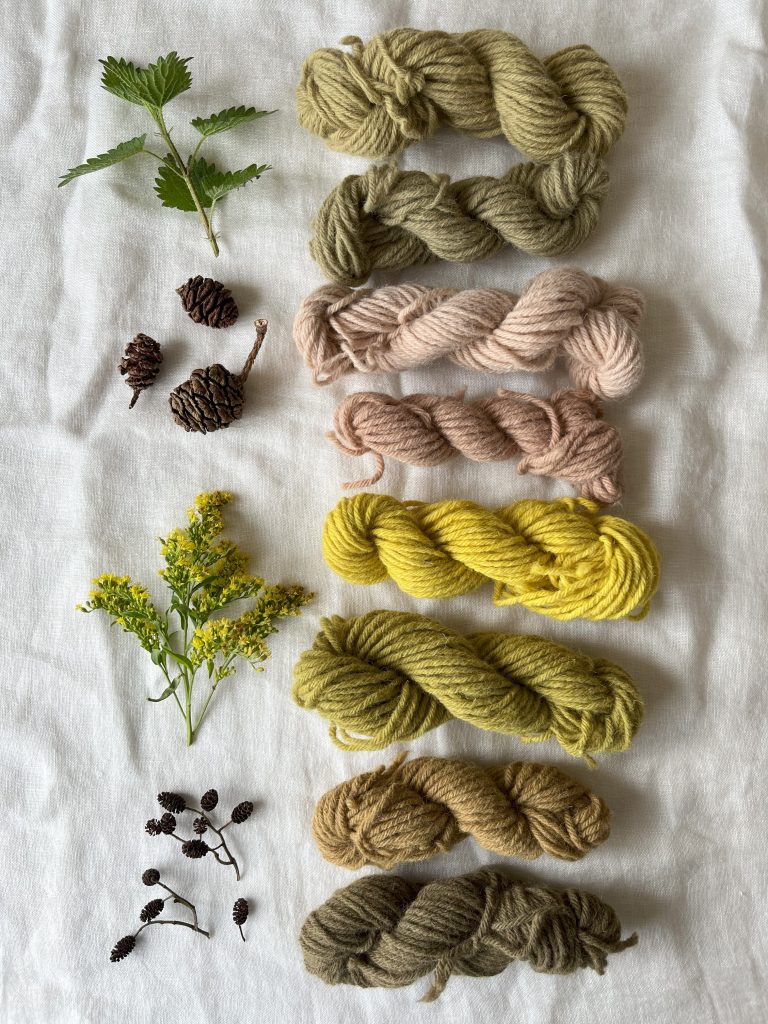
Dye yarn with a range of plants
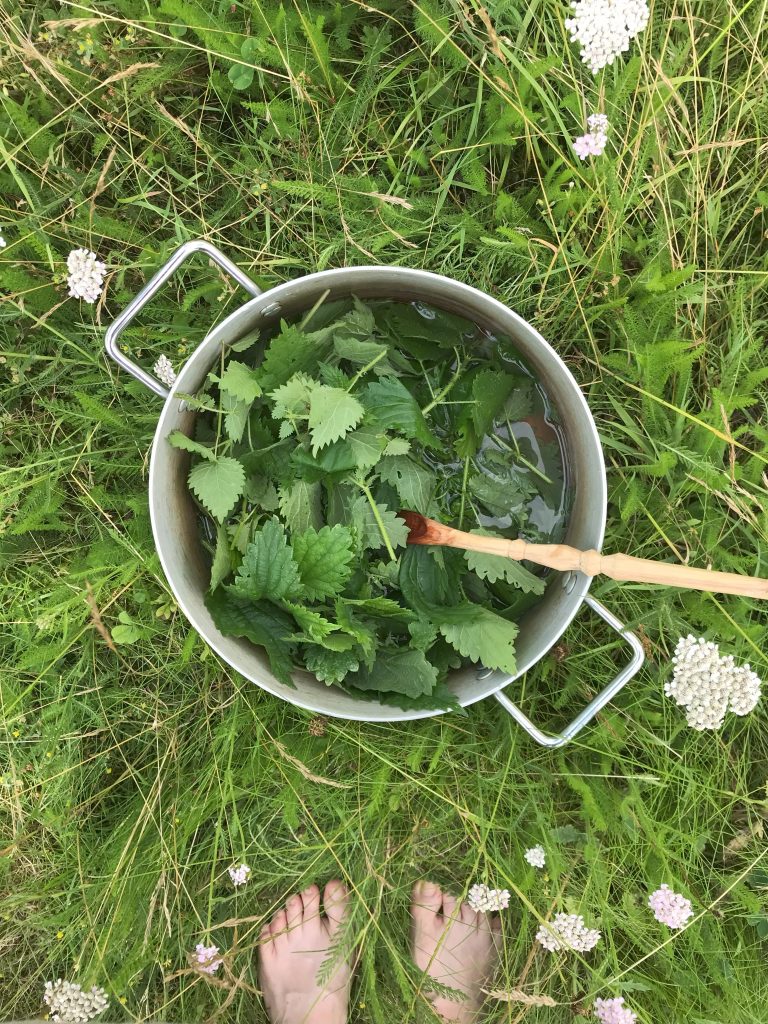
Dye with foraged leaves
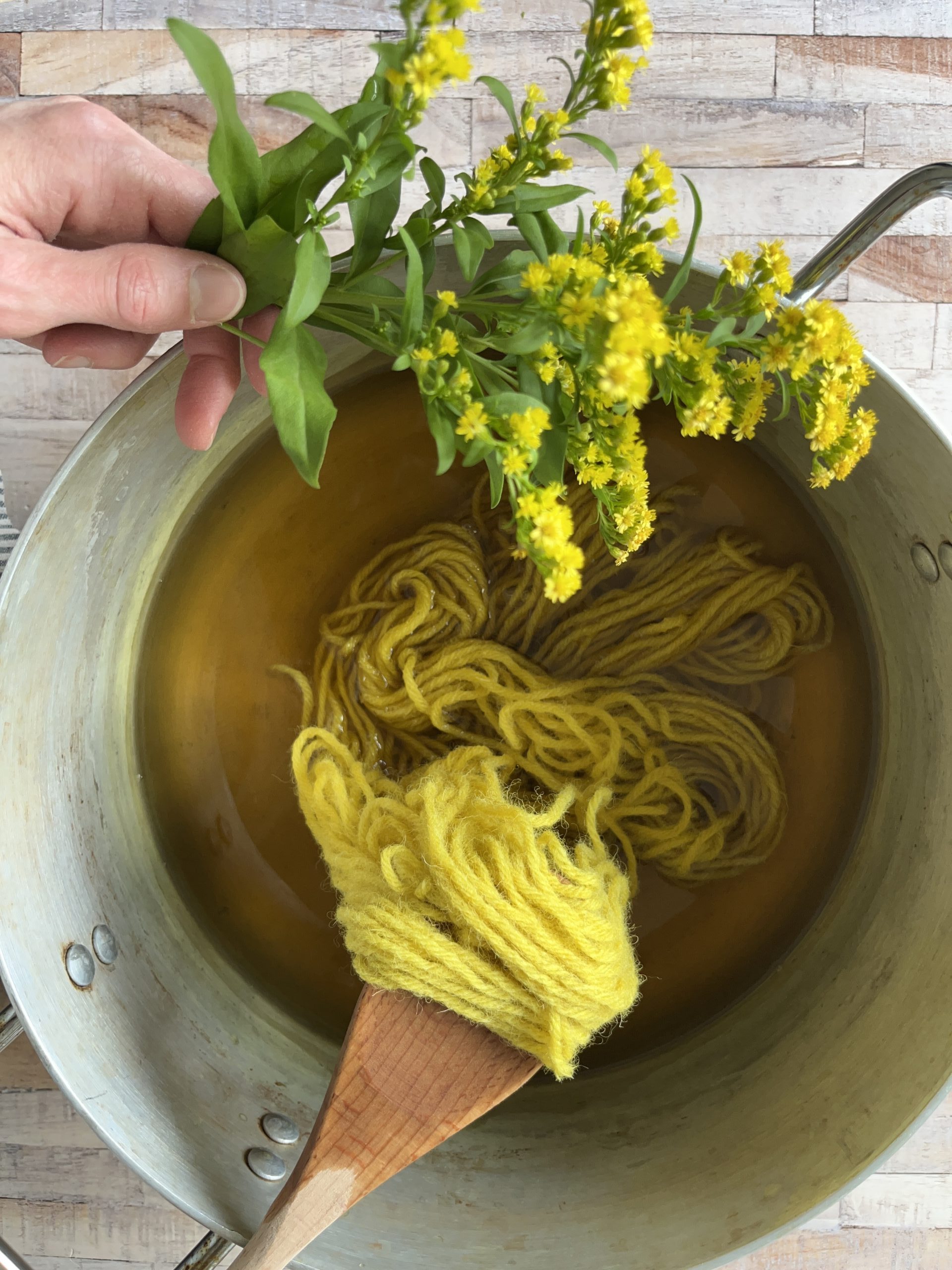
Dye with flowers
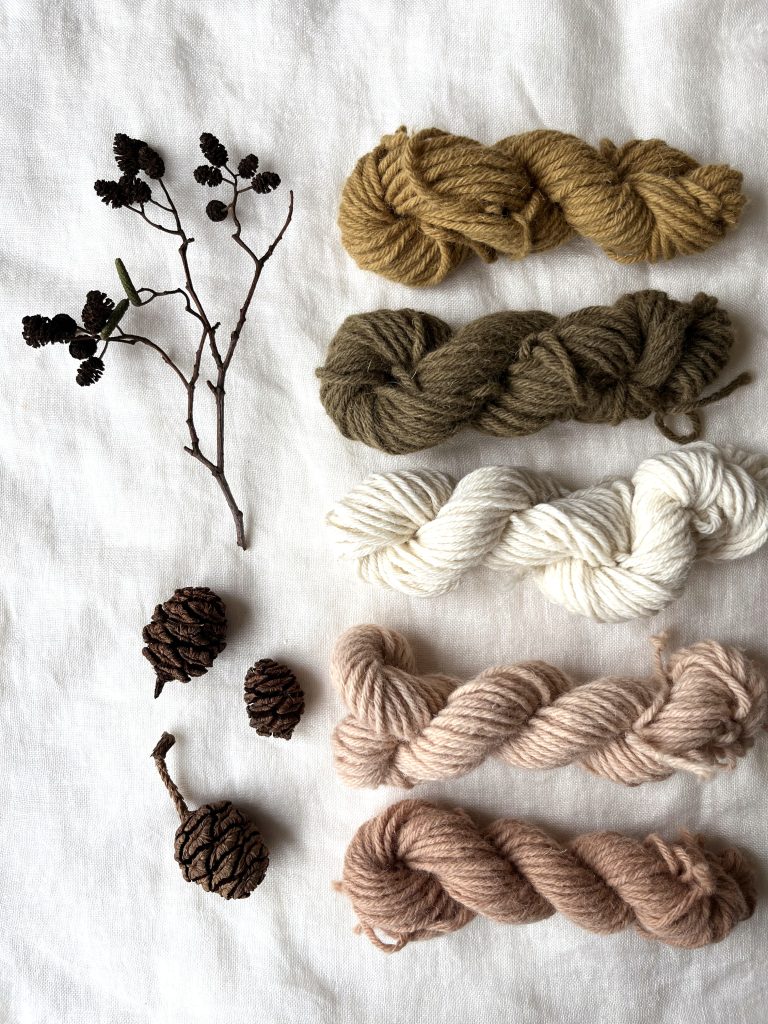
Dye with tree cones
Just imagine...
You gather a basketful of goldenrod or gorse flowers, then return home and make a pot of vibrant dye.
I’ll show you how to extract dyes from your local plants, so you can create colours through the seasons.
“Going to the woods is going home.”
– John Muir
Everything you need to become a confident botanical dyer and dye wool and plant fibres:
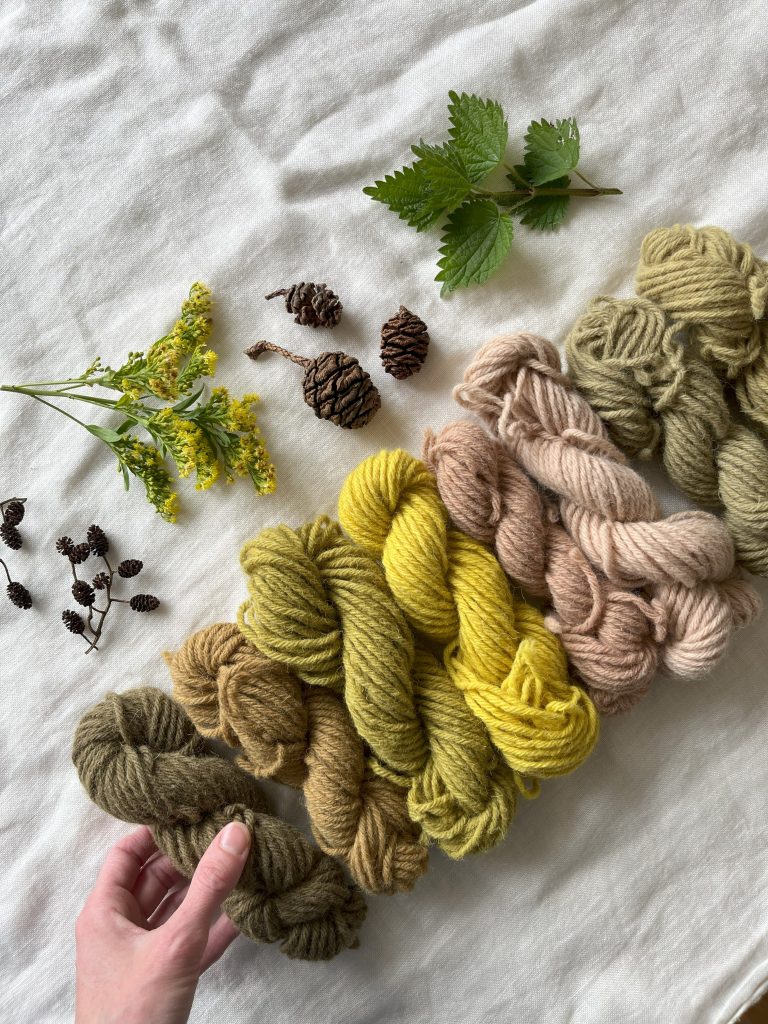
Love fabric and yarn equally?
This pair of courses gives you all the recipes – for plant-derived fabric (such as cotton, bamboo and linen) as well as wool.
These two courses complement each other and will give you so much extra inspiration for sourcing your own local dyes.
You’ll begin to see the world through fresh eyes and soon enough, you’ll be spotting dye potential everywhere.
Explore your local colour...
enrol today
£77
Save £17 (the courses cost £94 when purchased separately)
Meet your instructor
Hi, I’m Rebecca!
Over the last decade, I’ve taught thousands of people natural dyeing via my books and online courses.
Years ago, I started off dyeing with powdered dye extracts that I bought online. Although these were beautiful, I longed to feel more of a connection to my local environment.
Then, everything changed when I became a mother. I’d go on long walks with my baby and return with my pockets stuffed full of plants. Alder cones and dandelions were some of the first local dyes I tried.
Then, as my son got older, he would help me forage for plants too. Together, we learnt about the different trees and “weeds” growing around us. A lot of sweet memories were captured on cloth.
I realised that I didn’t need to spend money on dyes, as I had an array of beautiful dye plants right on my doorstep.
Ever since then, I’ve been on a journey of discovery in search of new colours from my local plants. There’s always something new to discover from nature.
Join me in my studio where I share my dyeing secrets and inspire you to unlock the colour from the plants around you.
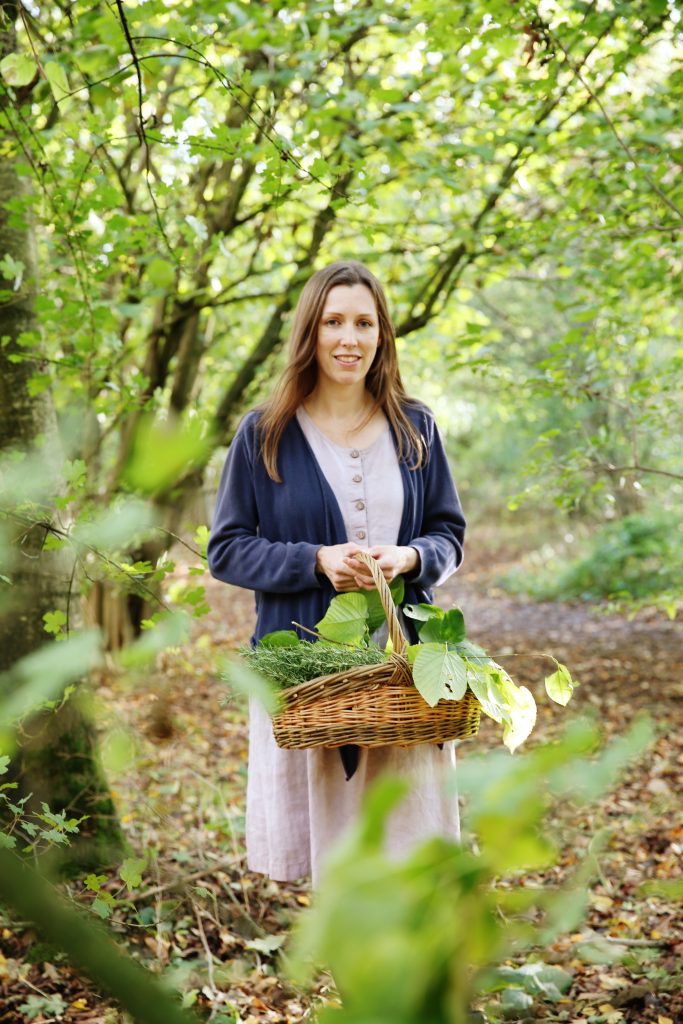
Enrol now for £77 (save £17)
Frequently Asked Questions
